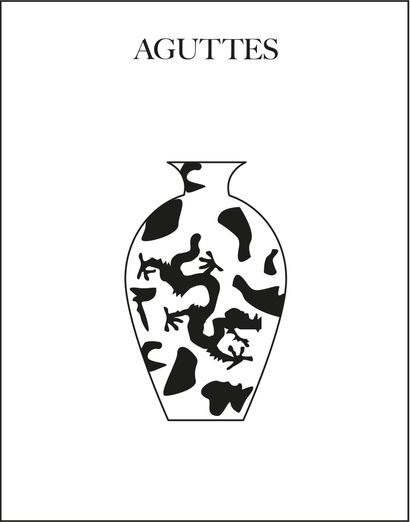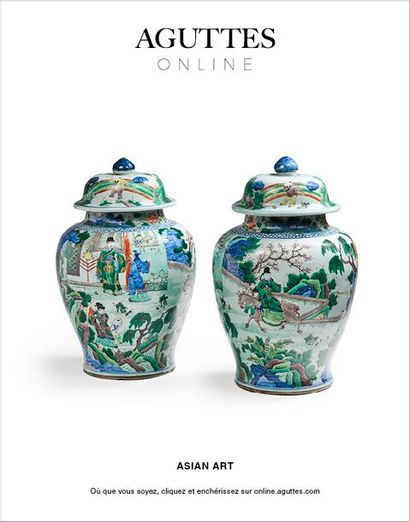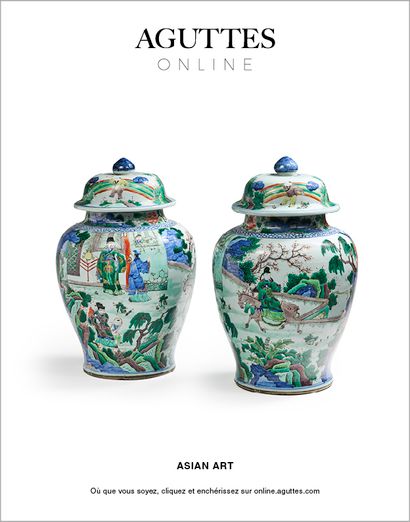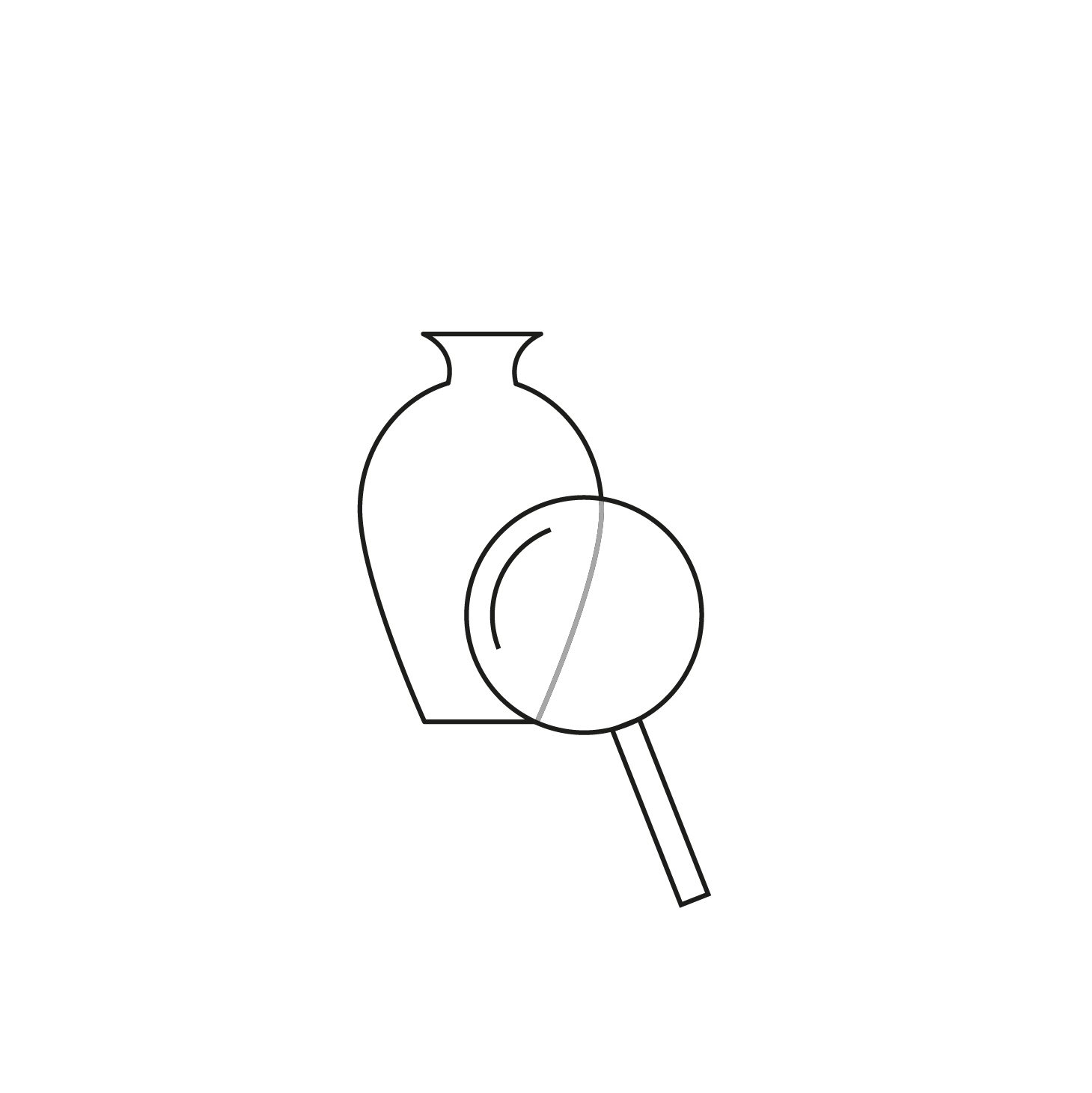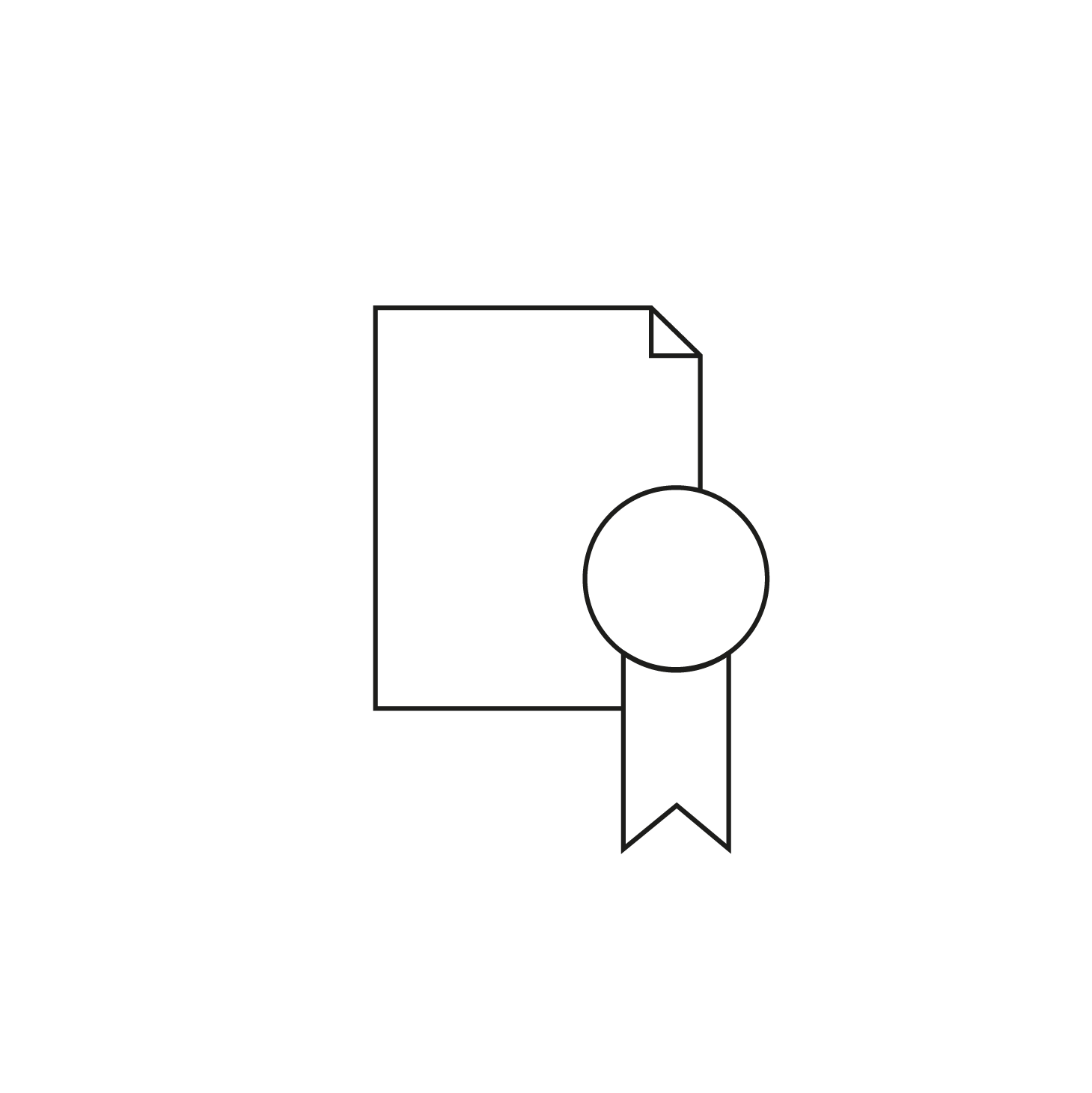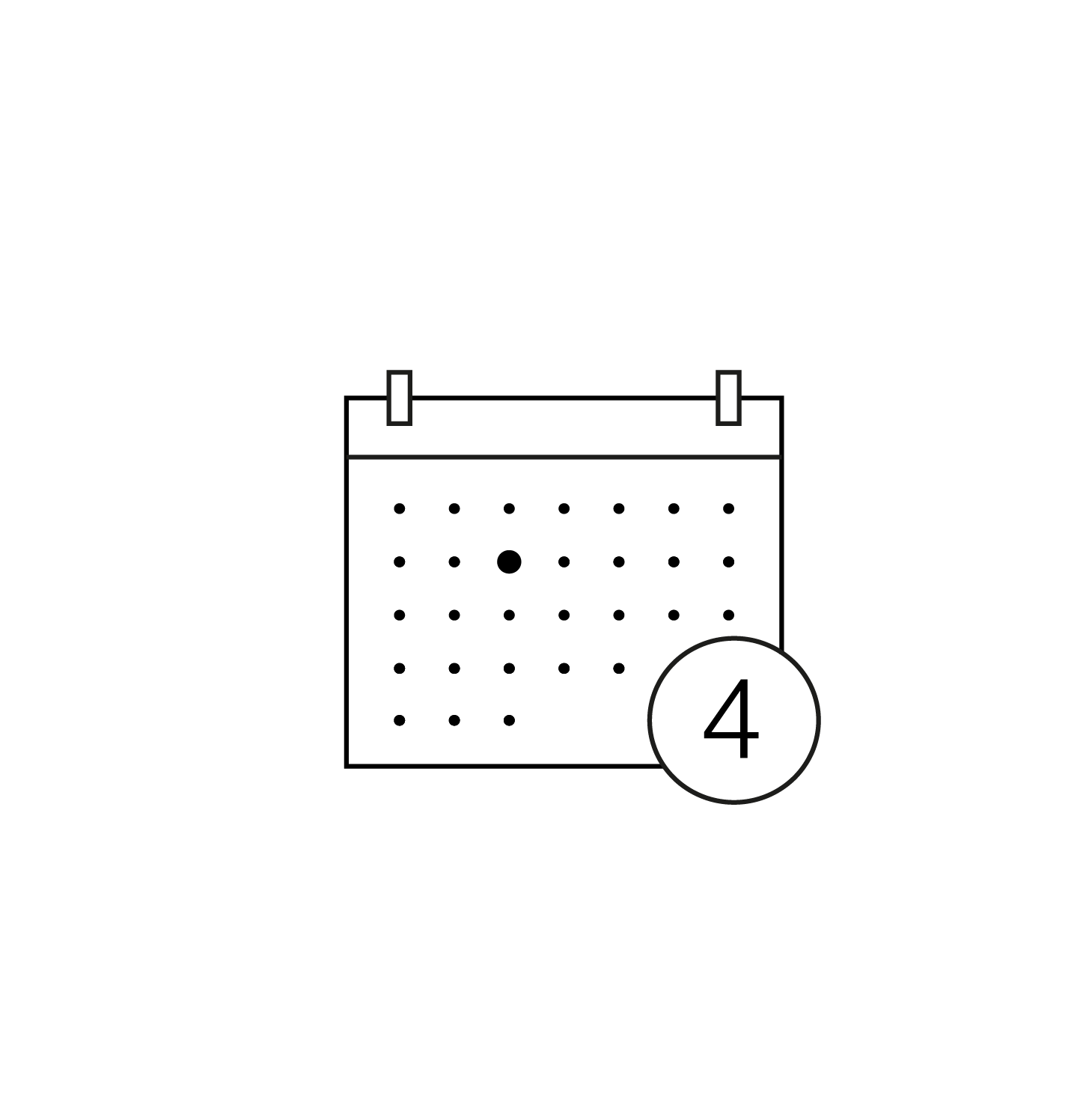Dès le néolithique, les Chinois reconnaissent les propriétés de la résine extraite de l’arbre à laque qui permettent d’imperméabiliser le bois tout en lui donnant un aspect vernis. A l’origine, la laque est utilisée pour protéger les cercueils et les objets rituels déposés dans les sépultures mais elle va devenir rapidement un élément décoratif à part entière.
Les artisans découvrent en effet différentes techniques de laquage qui permettent de décorer les meubles et les objets du quotidien, notamment la vaisselle, les boîtes ou les paravents.
Si le travail de la laque prend naissance en Chine, il va petit à petit s’exporter dans les pays de l’Asie du Sud-est et au Japon pour devenir un art à part entière, symbole de l’Extrême-Orient.
Les artistes japonais maîtrisent et développent cet art notamment en superposant les différentes couches de laque afin de les sculpter, en y incorporant des morceaux de nacre ou d’ivoire ou en les saupoudrant de poussière de métal précieux ou de poudre de pigments.
Ils parviennent également à obtenir des laques de différentes couleurs en mélangeant la résine à des pigments comme le cinabre, le sulfate de fer ou le sulfure d’arsenic qui donnent des laques rouges, noires ou vertes. A l’origine, la laque est en effet d’un blanc grisâtre qui s’assombrit pour devenir brun au séchage.


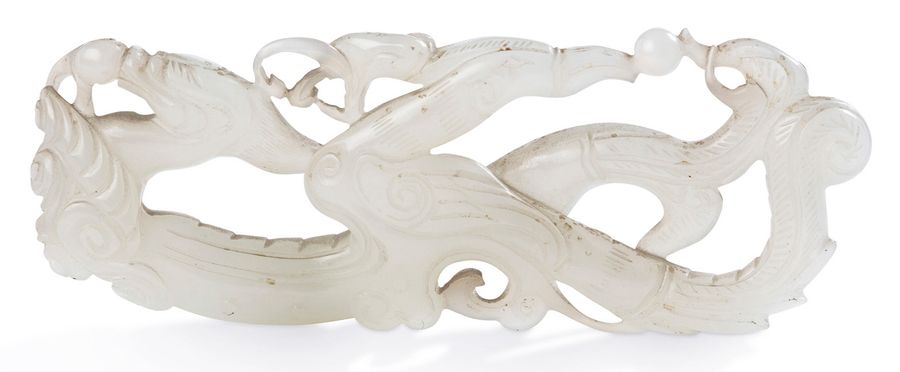


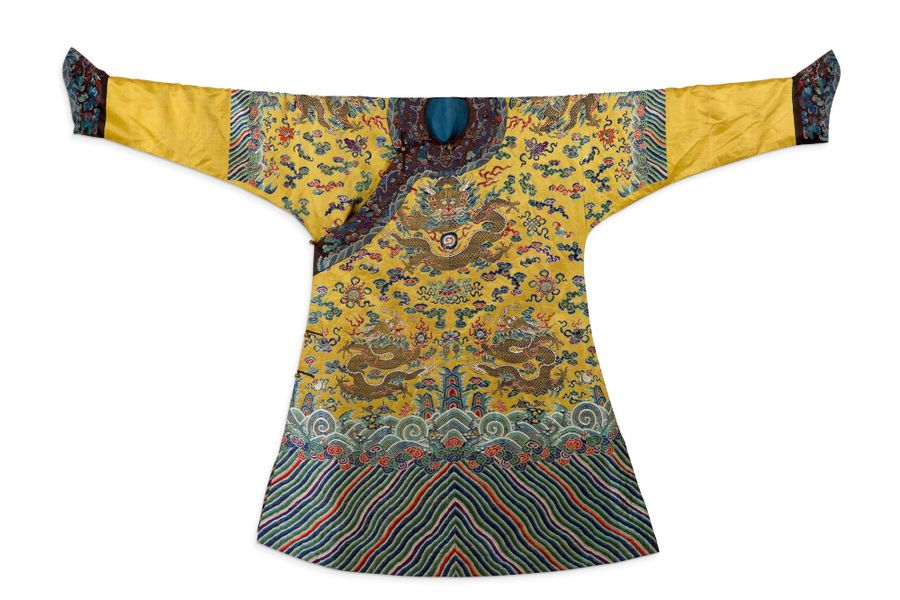
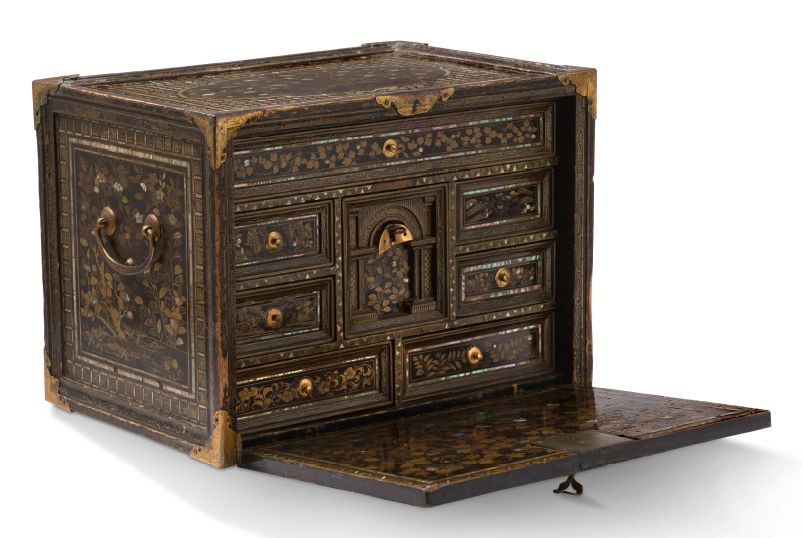


![PEINTRES D'ASIE, ŒUVRES MAJEURES • VENTE [38]](https://cdn.drouot.com/d/image/vente?size=phare&path=78/134916/d155071746784705b81ca19f51f98bd0)
